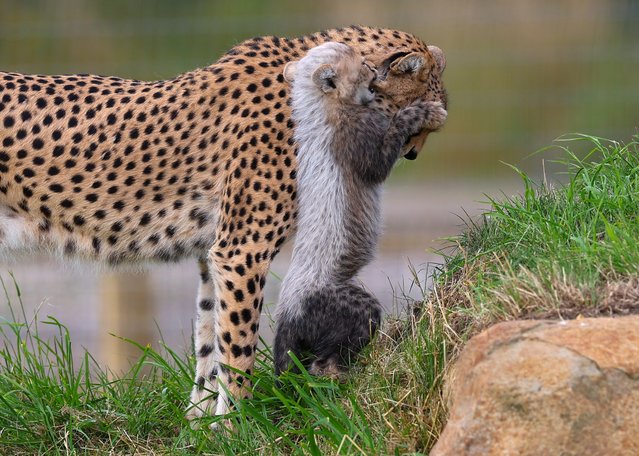
An endangered Cheetah cub plays with his mother 'Darcy' as he explores his reserve for the first time at the Yorkshire Wildlife Park in Doncaster, Britain, 23 July 2024. The three-month old cubs were born to mother Darcy, who arrived at the Yorkshire Wildlife Park in 2023 as part of the European Endangered Species Programme which aims to promote the population of endangered animals in captivity. (Photo by Adam Vaughan/EPA/EFE)
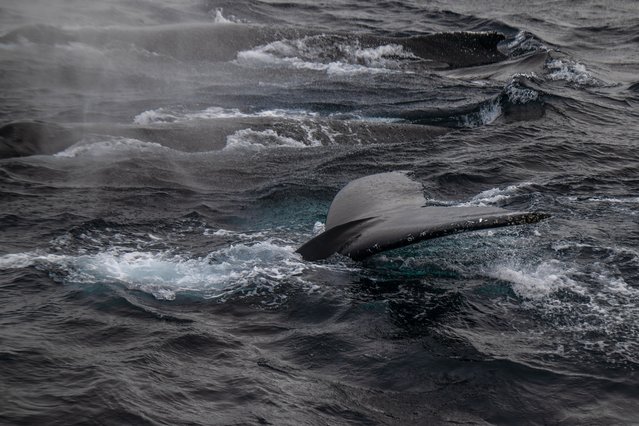
Humpback whales (Megaptera novaeangliae) are seen swimming in the sea during the 4th National Arctic Scientific Research Expedition at Sea off Svalbard and Jan Mayen on July 14, 2024.Turkiye's fourth National Arctic Scientific Research Expedition, comprising an 11-member team, is currently conducting 16 diverse projects in the Arctic Ocean to shed light on the future of our planet. Under the auspices of the Turkish Presidency and Ministry of Industry and Technology, and coordinated by TUBITAK MAM Polar Research Institute, scientists observed the glaciers in the Svalbard archipelago and its surroundings, which were affected by climate change, and the habitats of northern polar creatures. The Arctic Region, which hosts 1/3 of the world's hydrocarbon reserves and includes the Arctic Ocean within its 20 million square kilometers area, is also home to many living species. (Photo by Sebnem Coskun/Anadolu via Getty Images)
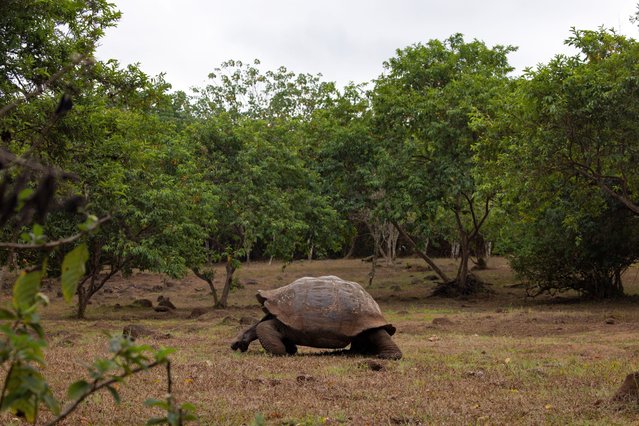
A giant tortoise estimated to be over 100 years old feeds in the highlands on a reserve called Rancho Primicias on Saturday, June 15, 2024, on Santa Cruz, Ecuador in the Galapagos. Galapago in old Spanish meant saddle, so the islands were named after the tortoise's shell shape. (Photo by Alie Skowronski/AP Photo)
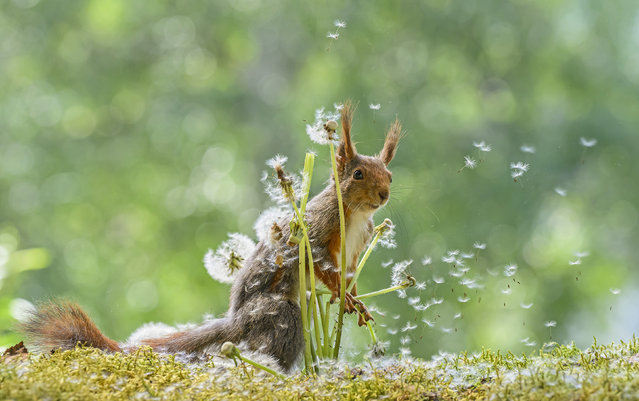
A red squirrel plays with dandelions in Bispgarden, Sweden in June 2024. Many of the red squirrels in Britain today are descended from squirrels introduced from Sweden and central Europe over a period of 150 years. (Photo by Geert Weggen/Solent News)
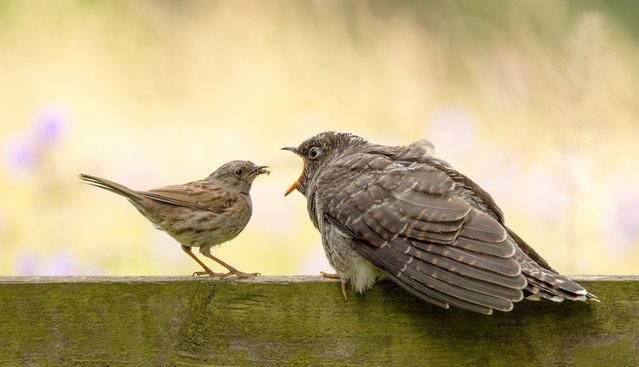
A dunnock bird feeds a cuckoo after it hatched in the nest he was tending in Rutland Nature Reserve, in Rutland, East Midlands, England on July 23, 2024. (Photo by Ann Aveyard/Animal News Agency)
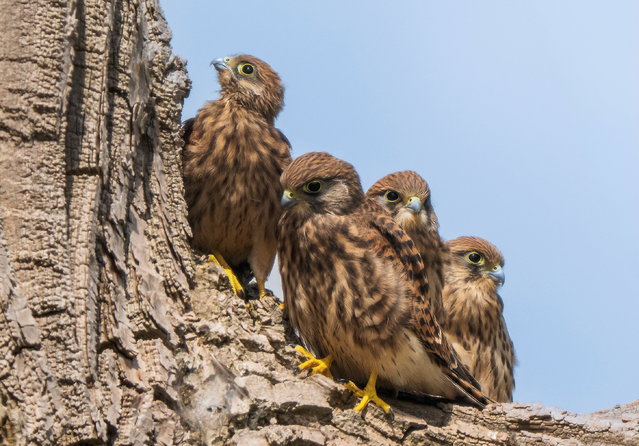
Kestrel chicks on a farm near Much Wenlock, Shropshire, UK on July 23, 2024. (Photo by Andrew Fusek Peters/South West News Service)
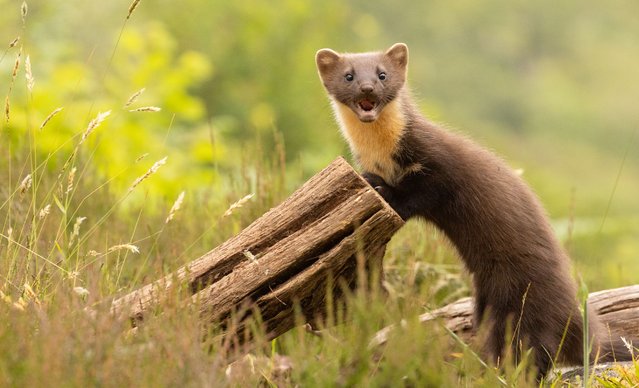
A pine marten was snapped snacking on peanuts in Ardnamurchan, Scotland in the last decade of July 2024, in a rare sighting of the critically endangered species. (Photo by Tom Broxup/Media Drum Images)
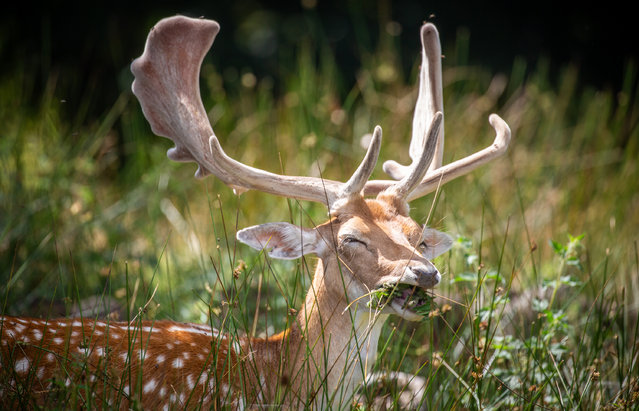
Deer shelter under a tree from the sun in Knole Park in Kent, UK on July 27, 2024. (Photo by Marcin Nowak/London News Pictures)
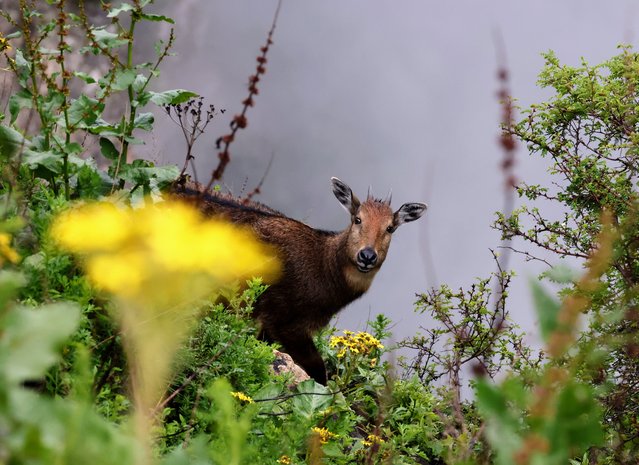
A female Himalayan goral is pictured in Lhozhag County, Shannan City, southwest China's Xizang Autonomous Region, July 23, 2024. A growing number of Himalayan monals and Himalayan gorals have been found foraging in the county. Thanks to steady efforts of the authorities, locals are also building a keener awareness for ecological protection. (Photo by Xinhua News Agency/Rex Features/Shutterstock)
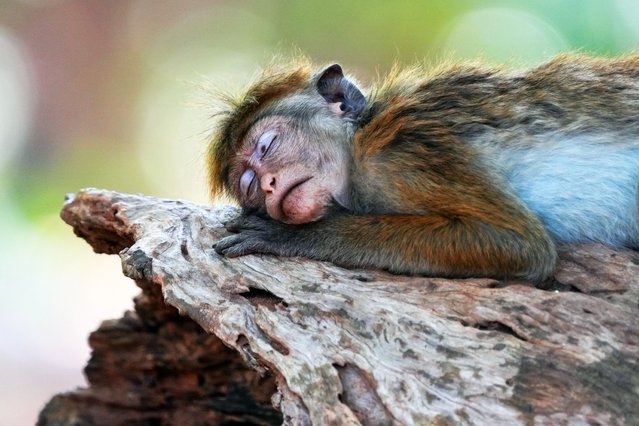
A toque macaque (Macaca sinica) is sleeping on the tree bench in Dambulla, Sri Lanka, on July 25, 2024. The toque macaque is a reddish-brown-colored Old World monkey endemic to Sri Lanka, where it is known as the rilewa or rilawa. Its name refers to the whorl of hair at the crown of the head, reminiscent of a brimless toque cap. (Photo by Thilina Kaluthotage/NurPhoto/Rex Features/Shutterstock)
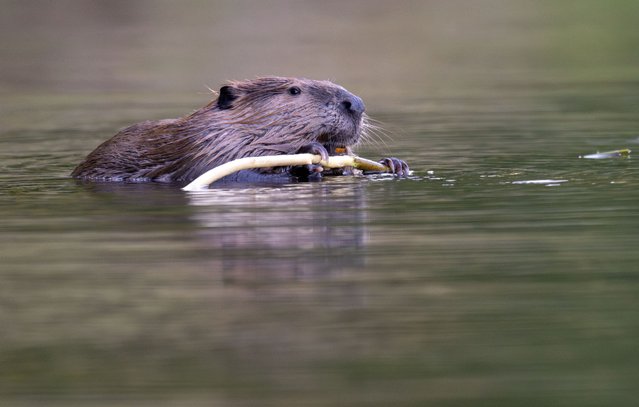
A North American beaver feeds on the bark of a branch along the Umpqua River near Elkton in rural southwestern Oregon on July 15, 2024. The North American beaver is one of the official national wildlife of Canada symbols and is the official state mammal of Oregon and New York. (Photo by Robin Loznak/ZUMA Press Wire/Rex Features/Shutterstock)
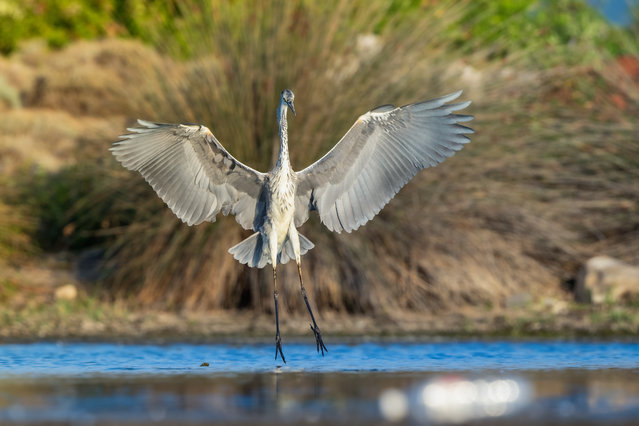
Grey heron in Kocacay Delta of Karacabey district in Bursa, Turkiye on July 25, 2024. The Kocacay Delta is important for natural life with its floodplain forests, lagoons and large sand dunes. With its wetland ecosystem, the area, which was declared a protected area in the category of "Ecological Impact Zone", is home to thousands of birds of hundreds of species, both migratory and resident, that need to feed, shelter and breed. Among the birds living in the region is the greenshank. (Photo by Alper Tüyde/Anadolu via Getty Images)
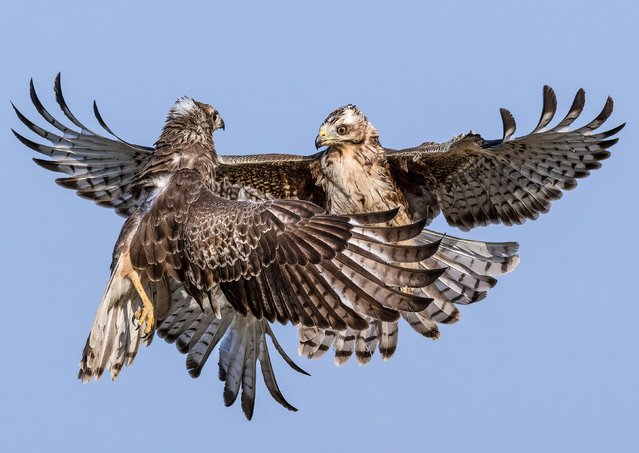
Two white-eyed buzzards face off in a gutsy aerial display in the Tal Chhapar Wildlife Sanctuary, Rajasthan, India in the first decade of August 2024. (Photo by Mrinal Sen/Solent News & Photo Agency)
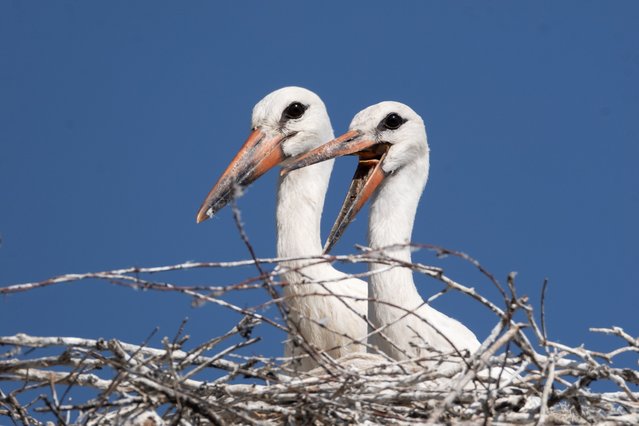
Storks on their nests at Valley of storks in Beysehir district of Konya, Turkiye on July 08, 2024. Baby storks began practicing for flying alongside their parents in preparation for migration upon opening their eyes to the outside world in the spring on Stork Hill. (Photo by Seyit Konyali/Anadolu via Getty Images)
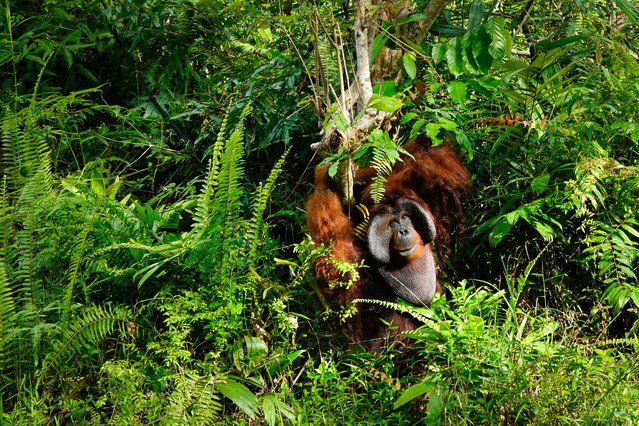
A rescued male orangutan sits on a sanctuary island surrounded by a river, where non-releasable orangutans are protected for life, at the Samboja Lestari Orangutan Rehabilitation Center run by the non-profit Borneo Orangutan Survival (BOS) Foundation in Samboja, East Kalimantan, on July 12, 2024. (Photo by Jack Moore/AFP Photo)
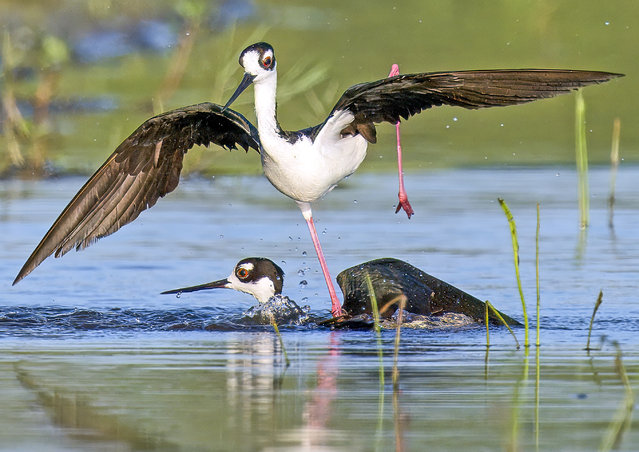
A pair of black-necked stilts fight over their marshland territory in Orlando, Florida in the last decade of July 2024. (Photo by Jake Landing/Solent News)
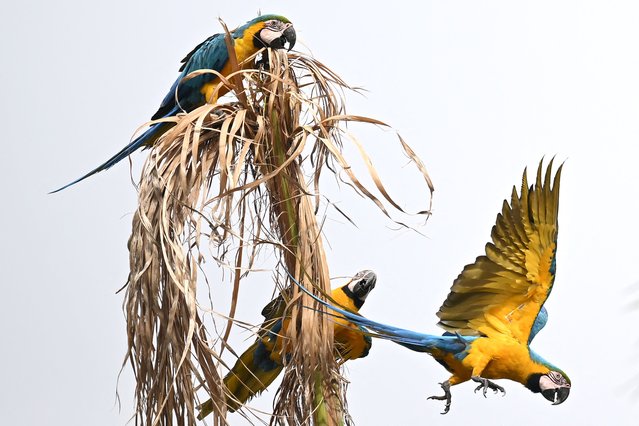
Macaws are pictured on a dried palm tree in Caracas on July 29, 2024. (Photo by Raúl Arboleda/AFP Photo)
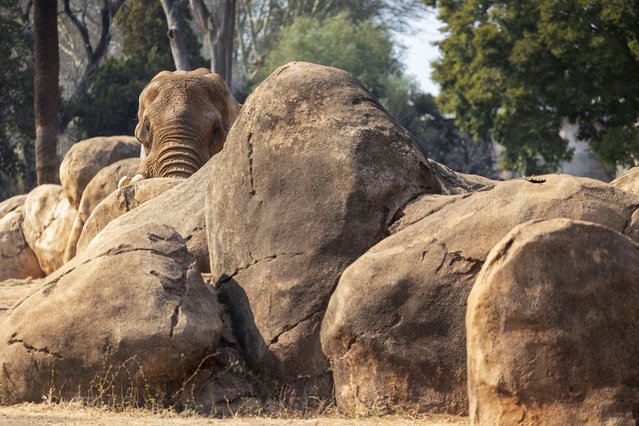
Charley, 43, the last elephant in South Africa's Pretoria zoo, who will be relocated to a private nature reserve north of the capital where he will retire, stands in his enclosure in Pretoria, South Africa on July 31, 2024. (Photo by Alet Pretorius/Reuters)
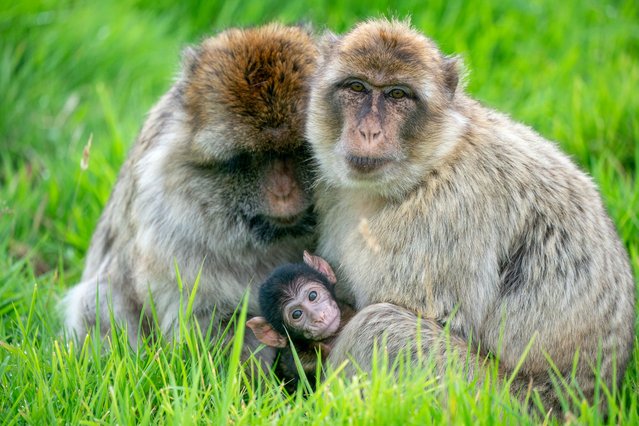
Six-week-old Harper, a Barbary macaque monkey with her mother Eadie (right) and grandmother Coral (left) in their enclosure at the Blair Drummond Safari Park near Stirling, UK on Thursday, July 25, 2024. Barbary macaques are native to the mountainous regions of North Africa and Gibraltar. It is believed there are only around 8,000 left in the wild. (Photo by Jane Barlow/PA Images via Getty Images)
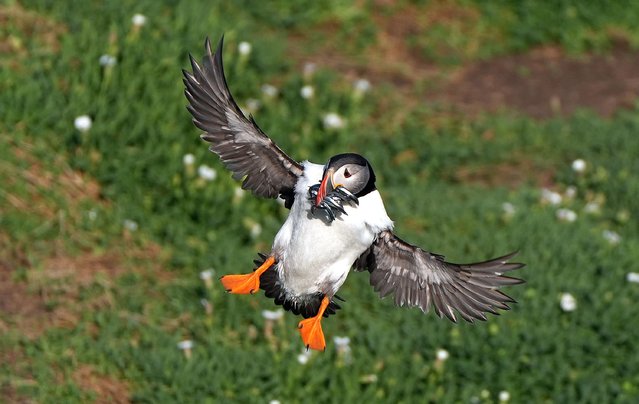
Puffins on Thursday, July 25, 2024 on Saltee Island off Co Wexford, one of Ireland's major bird sanctuaries, home to puffins, gannets, guillemots, razorbills, cormorants, great black-backed gulls, kittiwakes and manx shearwaters. (Photo by Niall Carson/PA Images via Getty Images)
11 Aug 2024 04:19:00,
post received
0 comments
